Regulatory Compliance and Standards
The automotive plastics market in Europe is increasingly influenced by stringent regulatory frameworks aimed at reducing environmental impact. The European Union has implemented various directives that mandate the use of recyclable materials and limit harmful substances in automotive components. This regulatory landscape compels manufacturers to innovate and adopt sustainable practices, thereby driving demand for advanced plastics that meet these standards. As a result, the market is projected to grow at a CAGR of approximately 5.2% from 2025 to 2030, reflecting the industry's adaptation to compliance requirements. The emphasis on regulatory compliance not only enhances the sustainability of automotive products but also positions companies favorably in a competitive market, as consumers increasingly prefer environmentally responsible options.
Consumer Demand for Lightweight Vehicles
In the automotive plastics market, the demand for lightweight vehicles is a significant driver, particularly in Europe where fuel efficiency and emissions reduction are paramount. Lightweight materials, such as advanced plastics, contribute to lower vehicle weight, which in turn enhances fuel economy and reduces CO2 emissions. According to recent studies, vehicles that utilize high-performance plastics can achieve weight reductions of up to 30%, leading to fuel savings of approximately 10-15%. This trend is further supported by consumer preferences shifting towards more efficient and eco-friendly vehicles. As automakers strive to meet these expectations, the integration of lightweight plastics becomes essential, thereby propelling growth in the automotive plastics market.
Shift Towards Electric and Hybrid Vehicles
The transition towards electric and hybrid vehicles is a pivotal driver for the automotive plastics market in Europe. As the automotive industry evolves, the need for lightweight and efficient materials becomes increasingly critical to enhance battery performance and overall vehicle efficiency. Plastics play a vital role in reducing the weight of electric vehicles, which can significantly improve their range and energy efficiency. The European electric vehicle market is projected to grow at a CAGR of 25% through 2030, creating substantial opportunities for the automotive plastics market. This shift not only supports the reduction of greenhouse gas emissions but also aligns with consumer preferences for sustainable transportation solutions, thereby driving demand for innovative plastic materials.
Cost Efficiency and Production Optimization
Cost efficiency remains a crucial driver in the automotive plastics market, particularly in Europe where competitive pressures are intense. Manufacturers are increasingly seeking ways to optimize production processes and reduce material costs without compromising quality. The adoption of advanced manufacturing techniques, such as injection molding and 3D printing, allows for more efficient production of plastic components, leading to lower operational costs. Additionally, the ability to recycle and reuse plastics contributes to cost savings and sustainability goals. As companies strive to enhance their profit margins, the focus on cost-effective solutions is likely to propel growth in the automotive plastics market, with projections indicating a potential increase in market size by 15% over the next five years.
Technological Innovations in Material Science
Technological advancements in material science are reshaping the automotive plastics market in Europe. Innovations such as the development of high-performance thermoplastics and composites are enabling manufacturers to produce parts that are not only lighter but also stronger and more durable. These materials are increasingly used in critical applications, including structural components and interior fittings, enhancing vehicle performance and safety. The market for advanced automotive plastics is expected to reach €10 billion by 2027, driven by these innovations. Furthermore, the ability to customize properties such as heat resistance and impact strength through advanced processing techniques is likely to attract more manufacturers to adopt these materials, thereby fostering growth in the automotive plastics market.


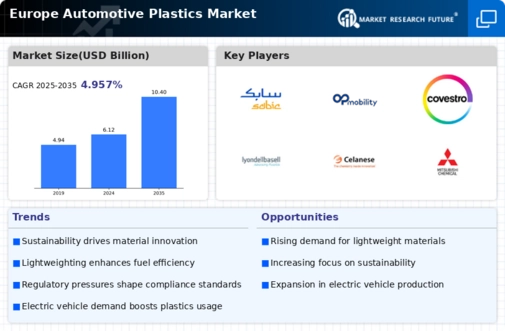
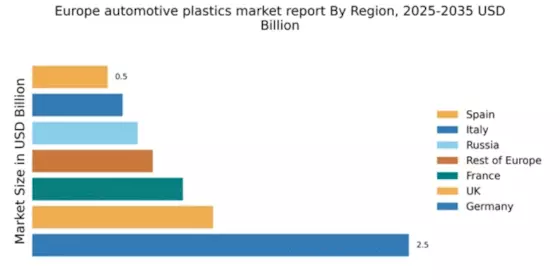
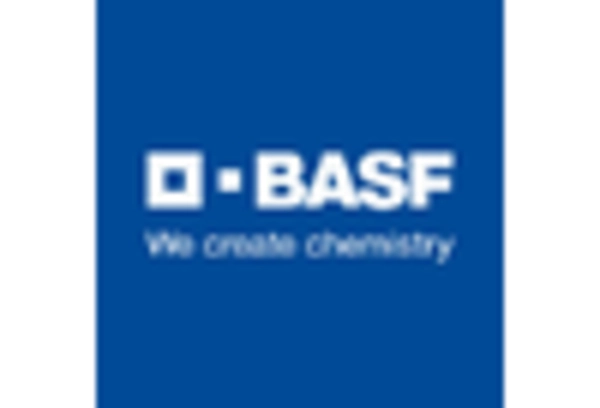
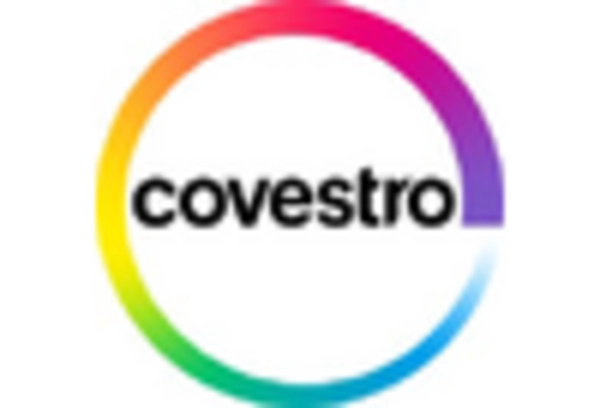
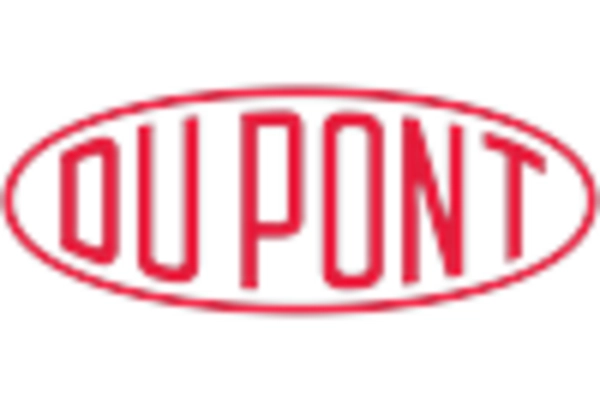
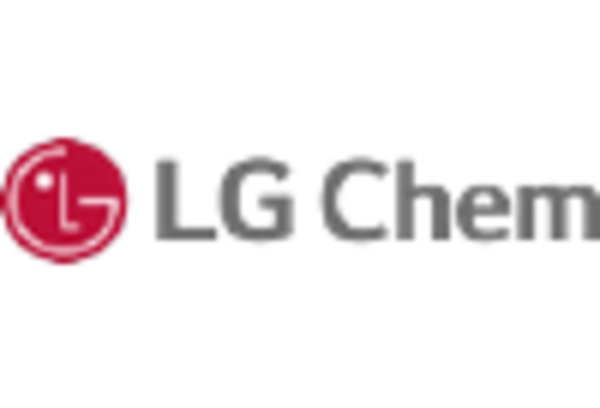
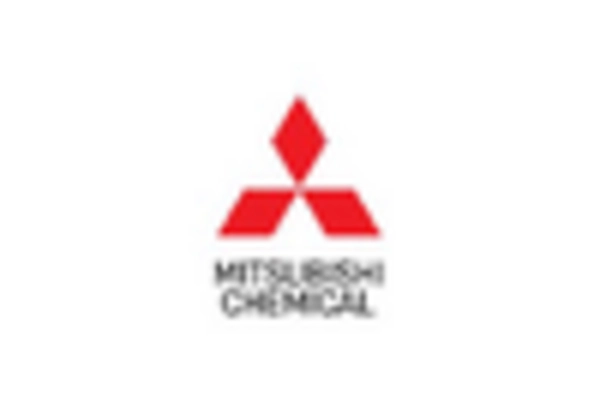
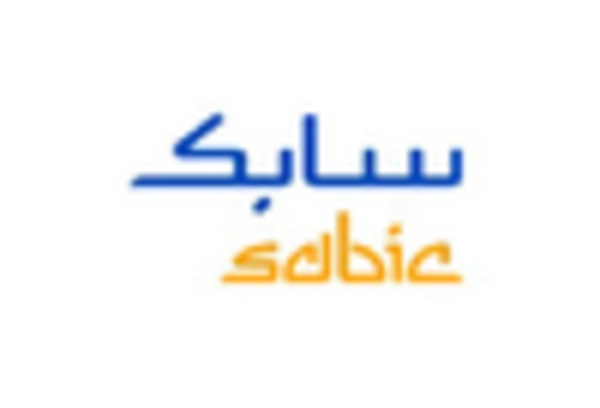








Leave a Comment